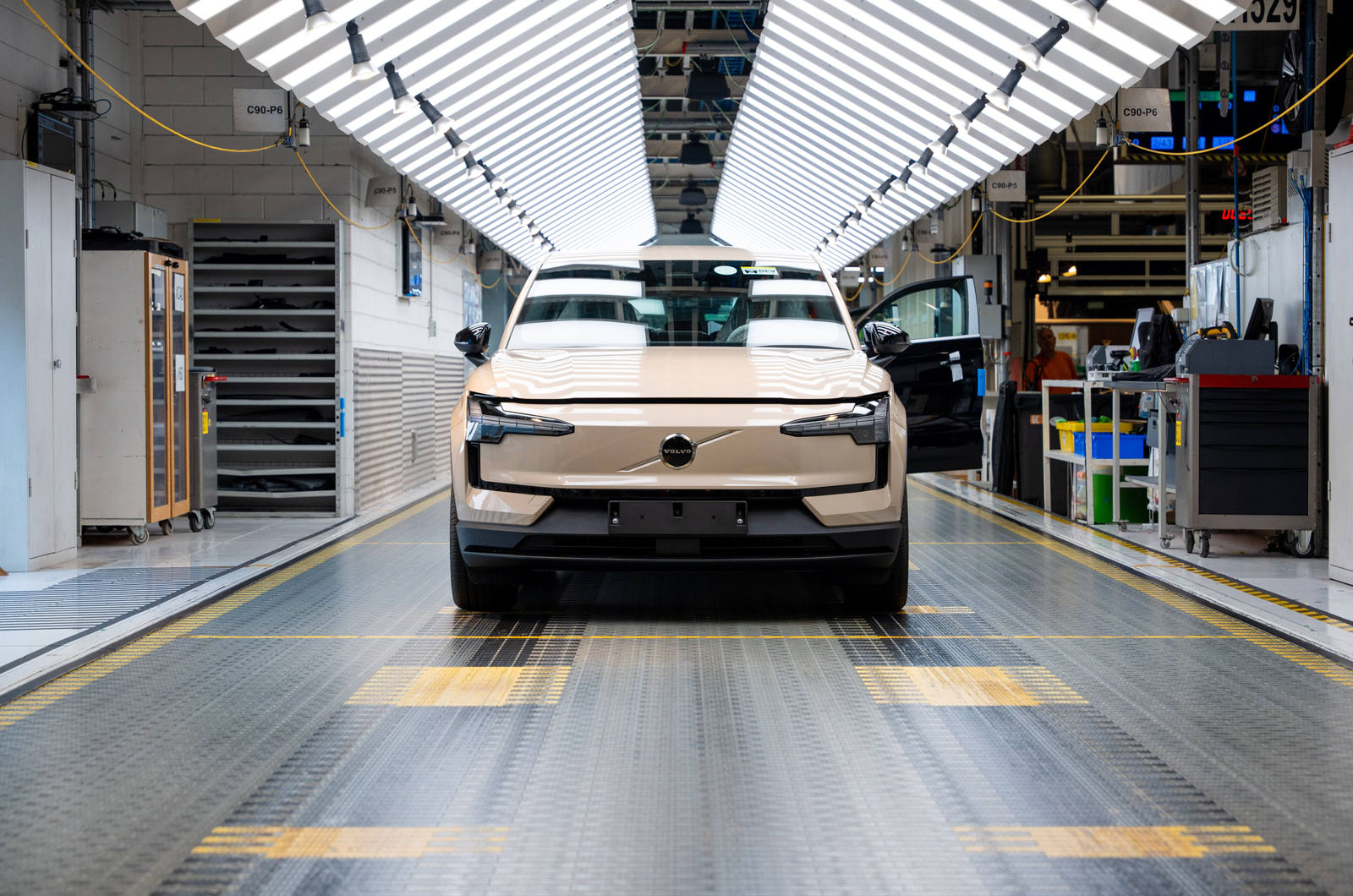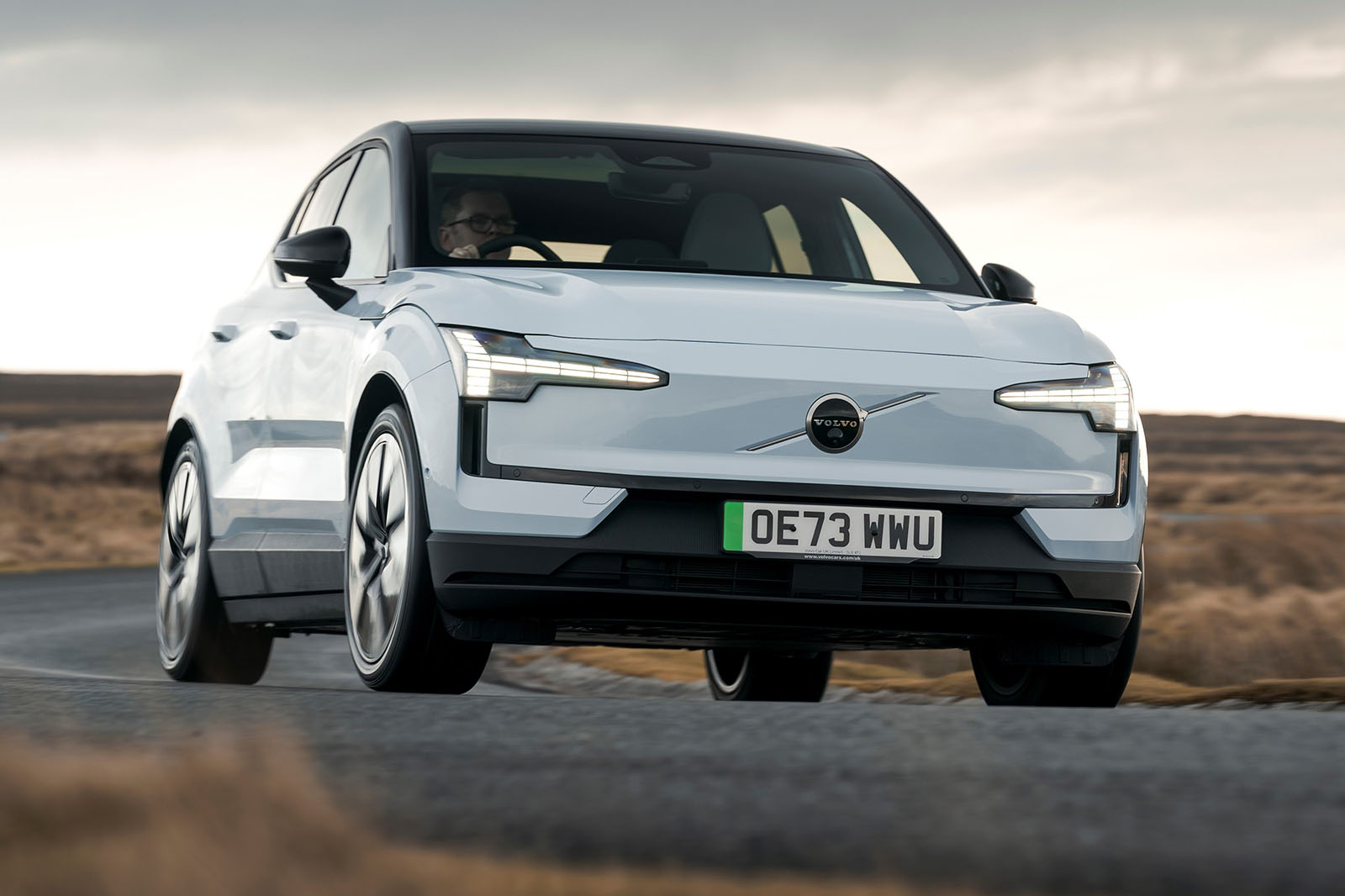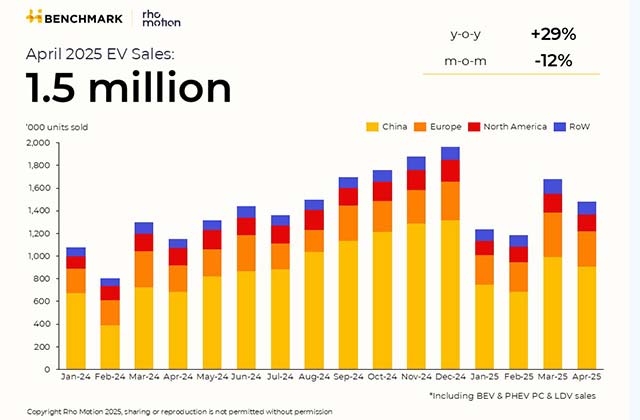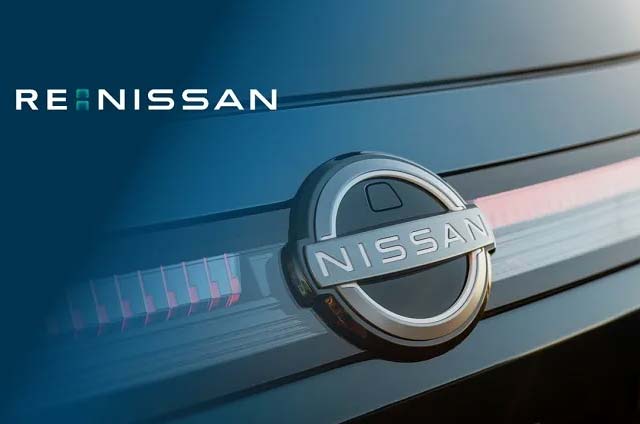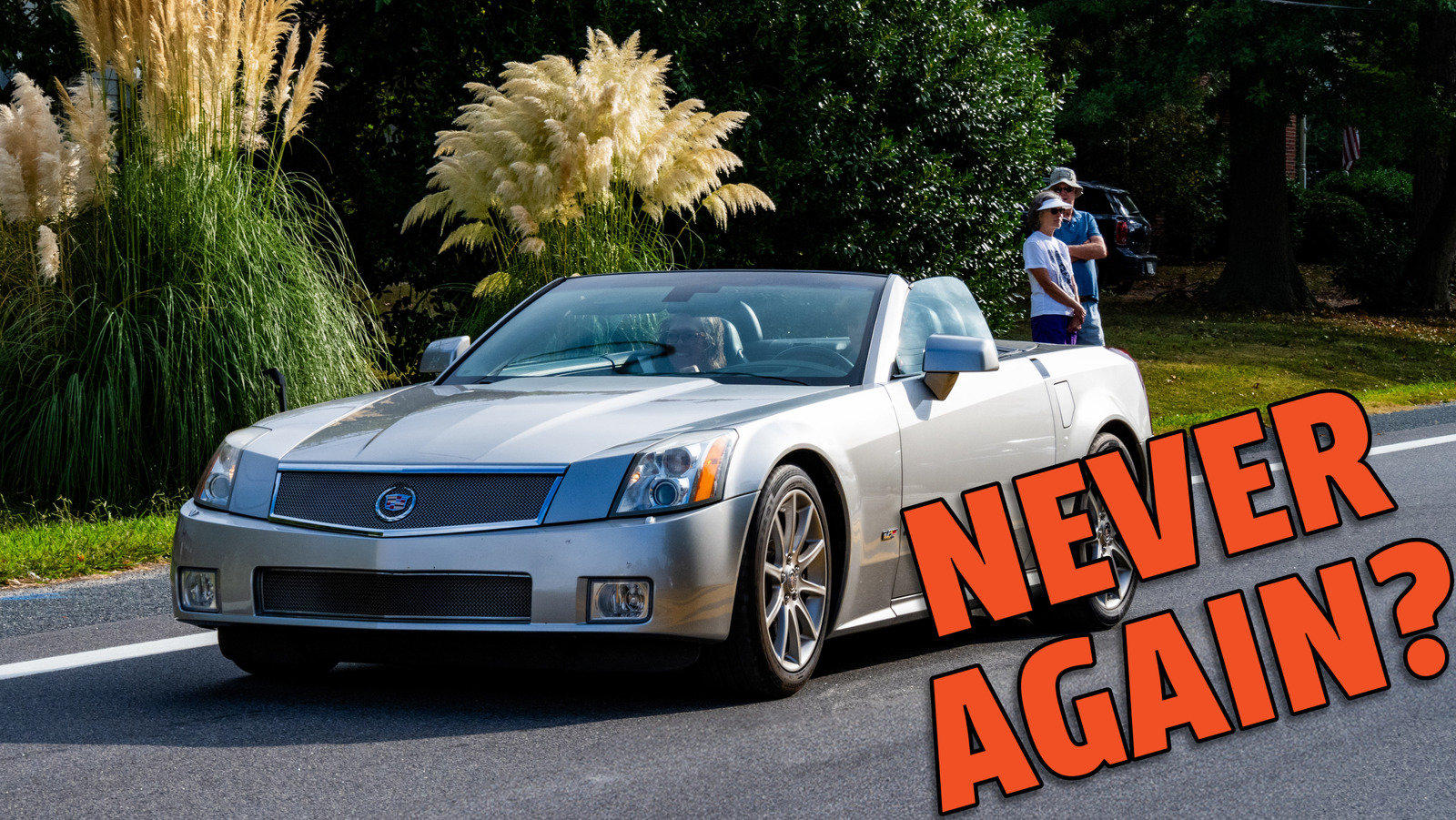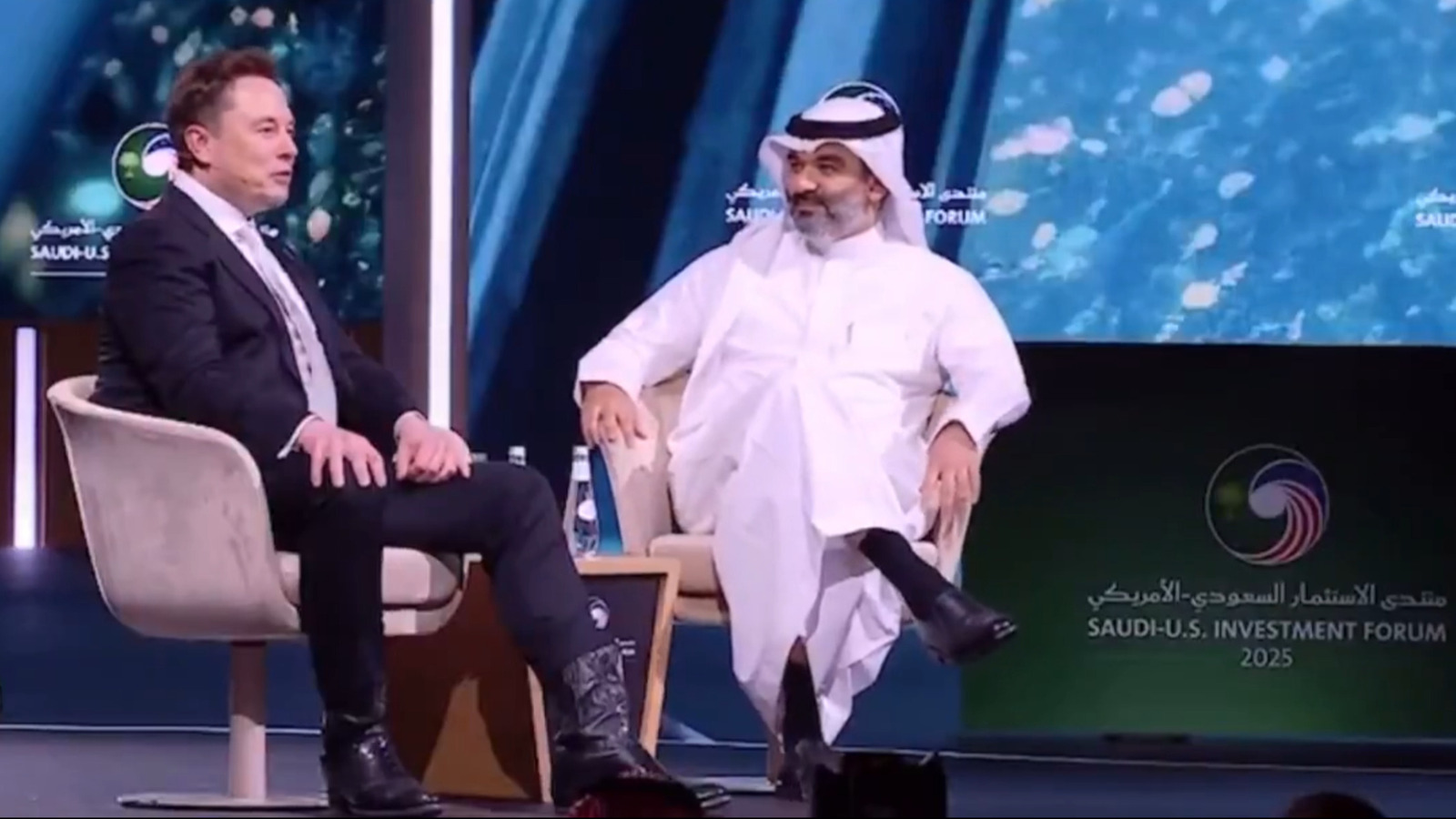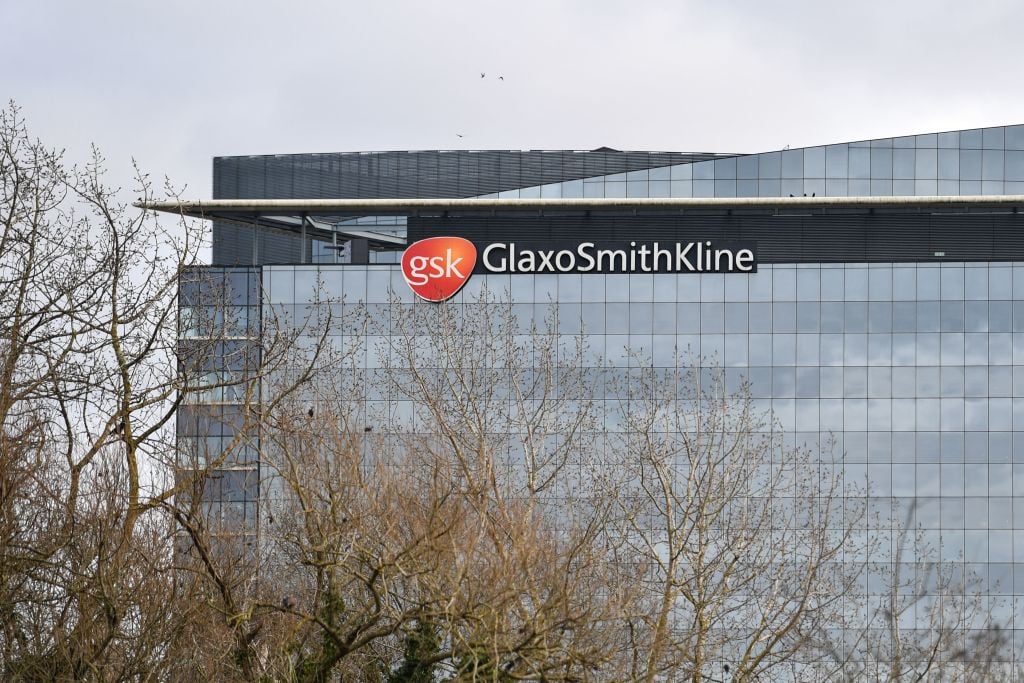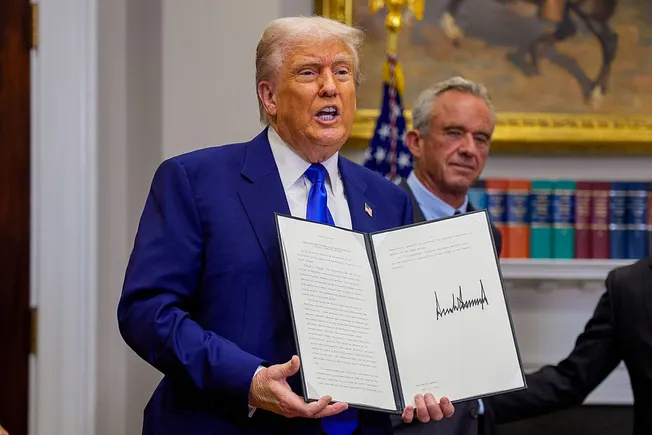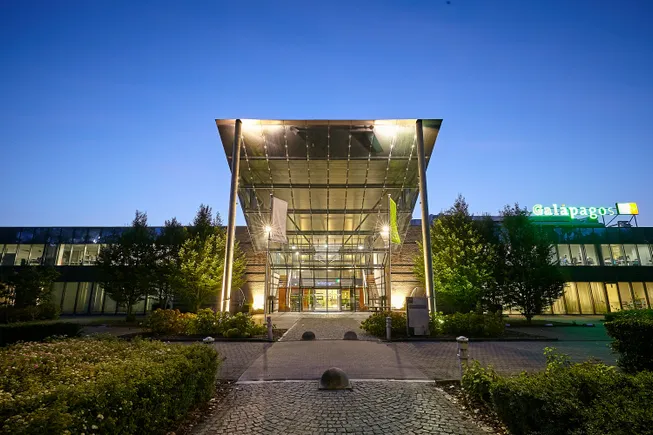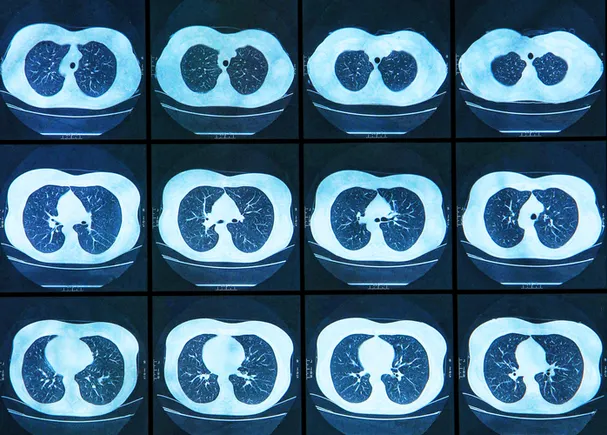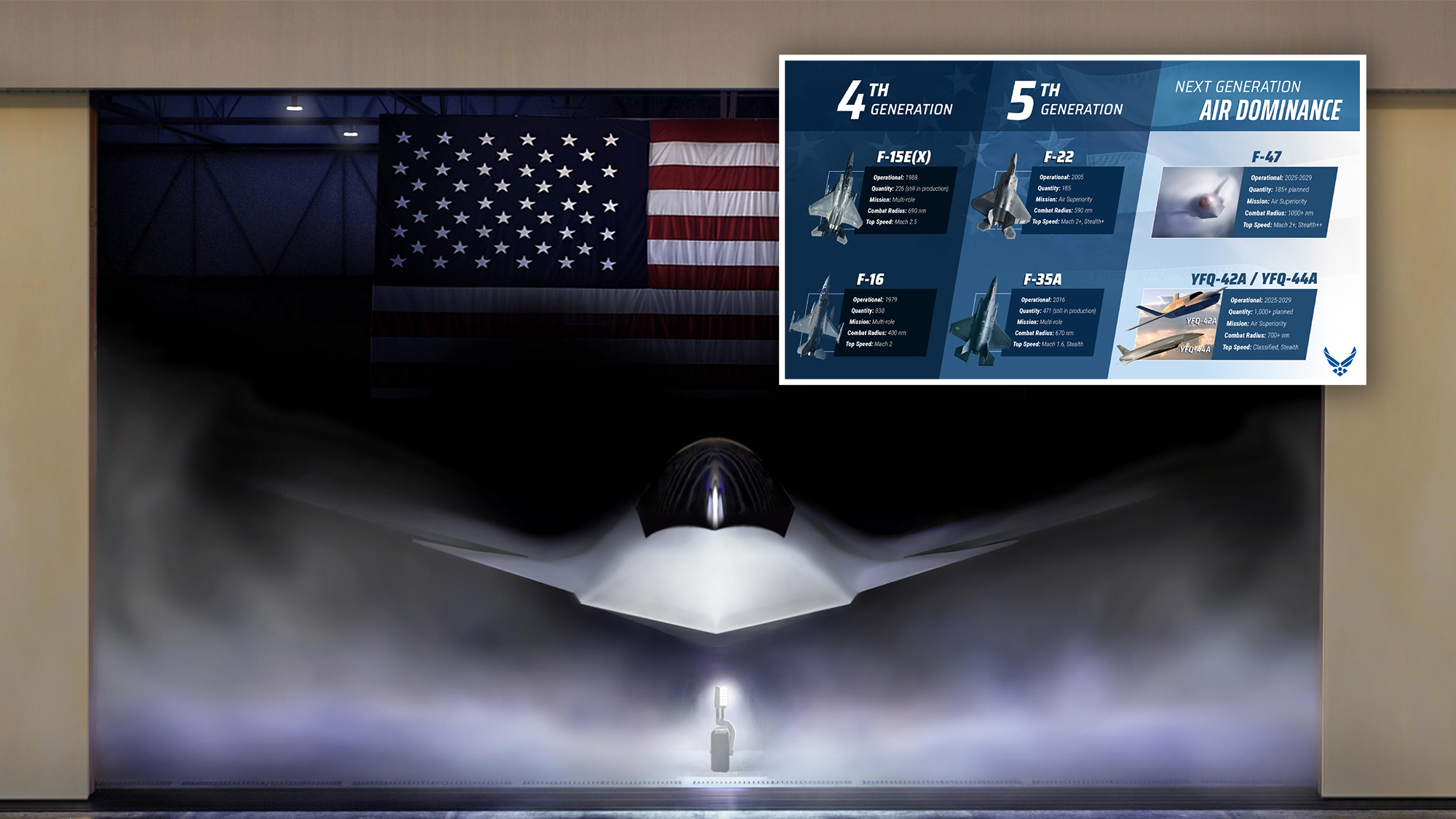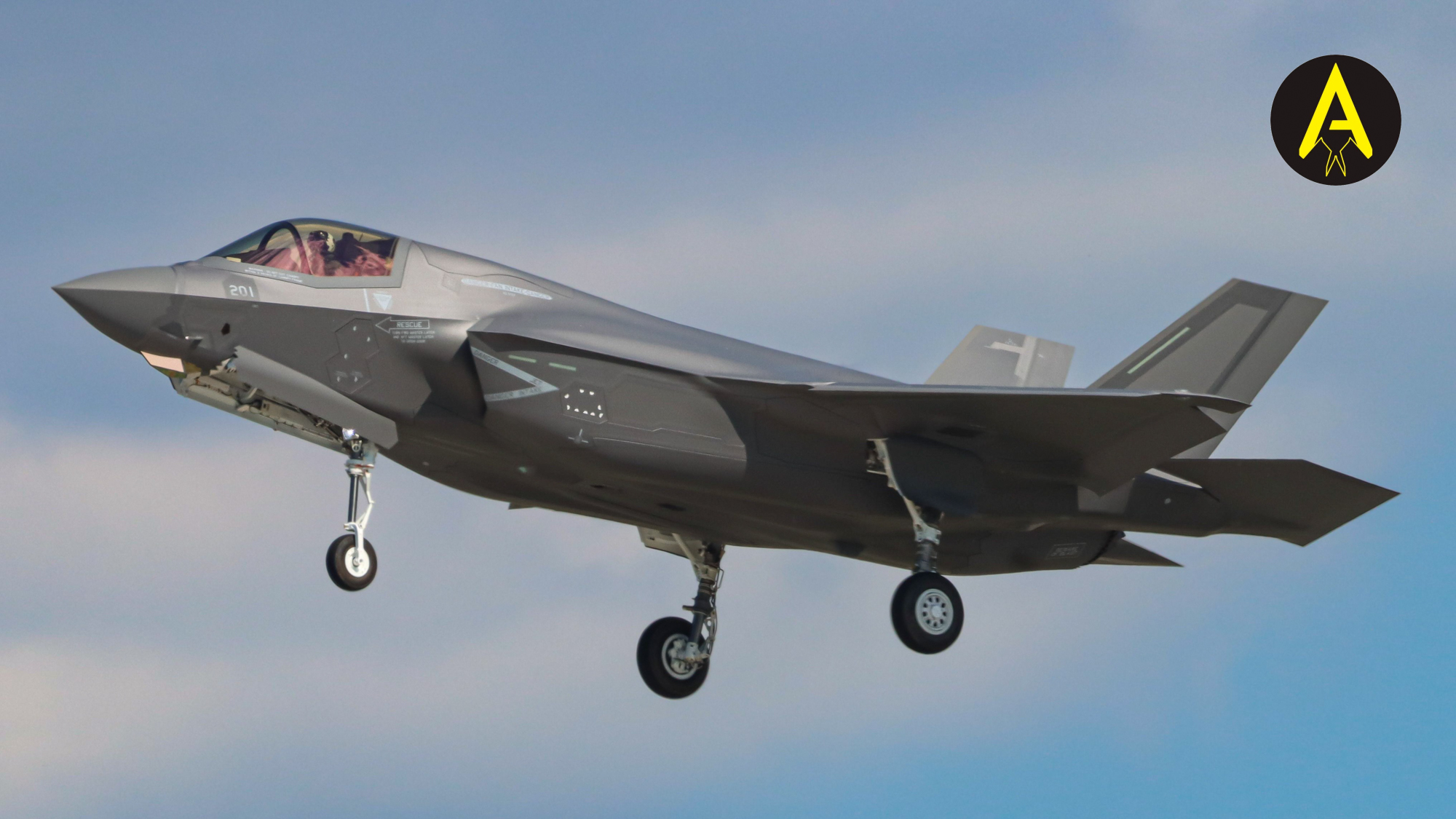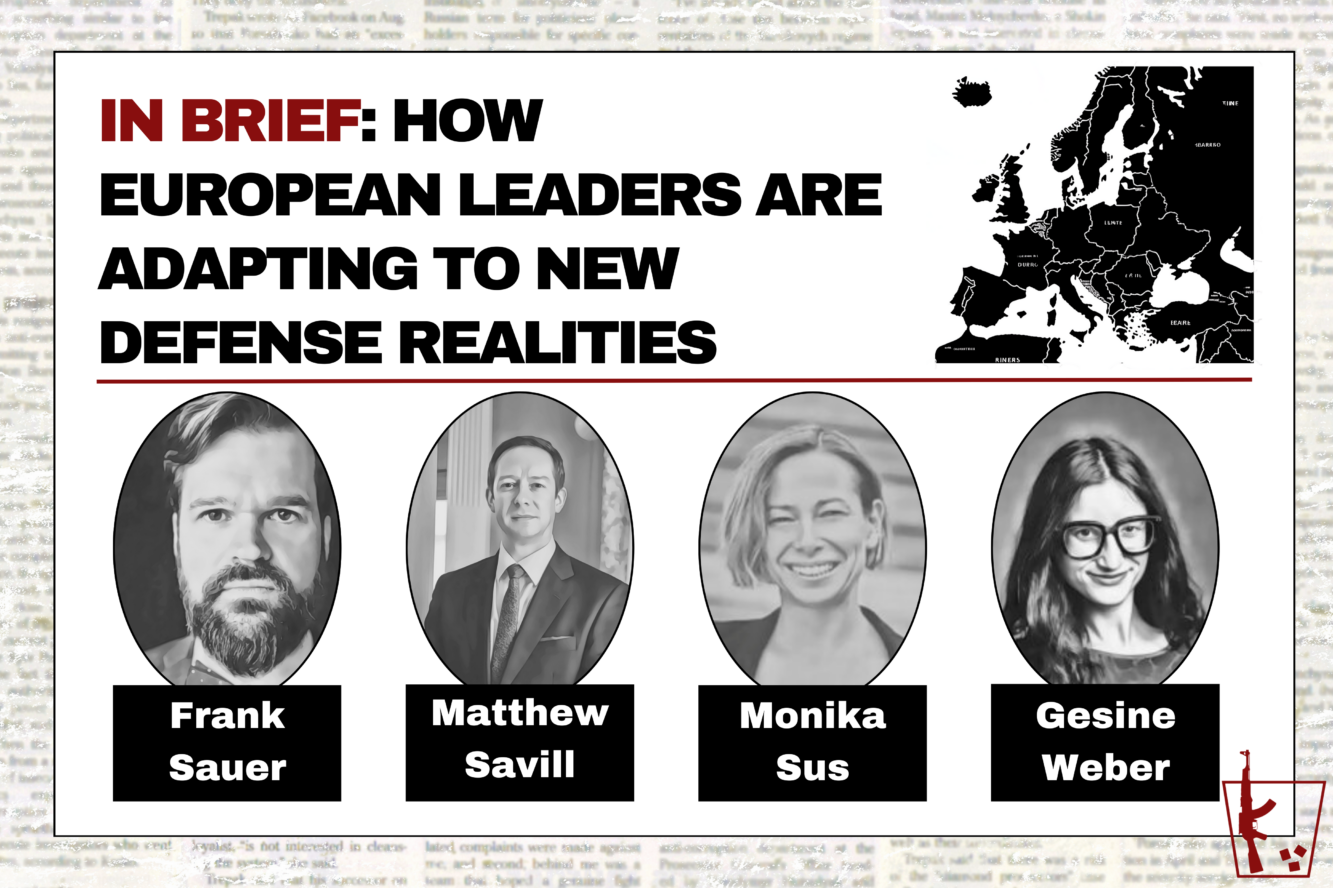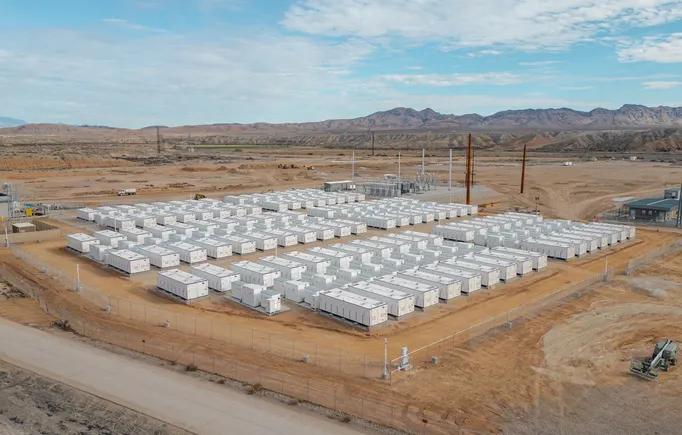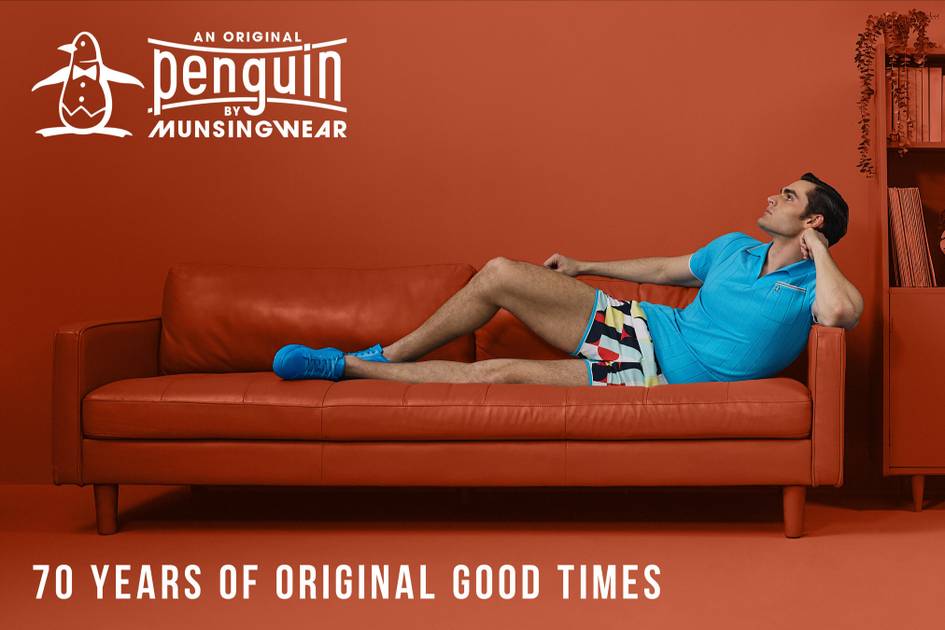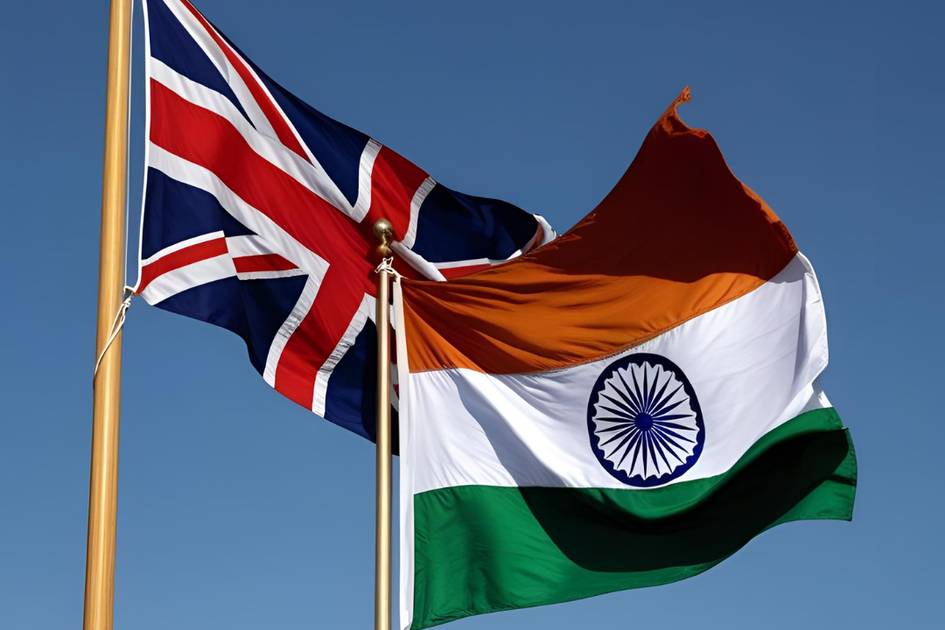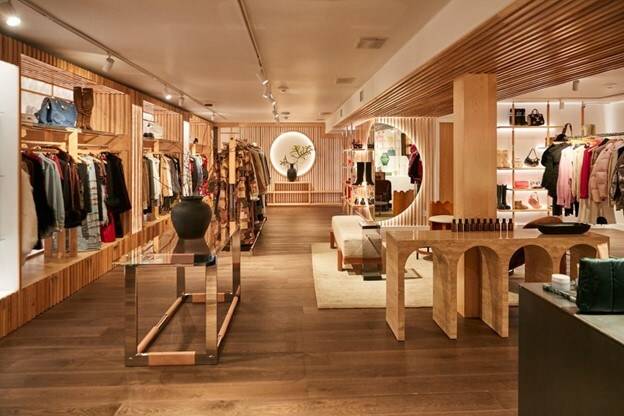Bulgari doubles down on Italian banufacturing with Valenza expansion
Bulgari Credits: Courtesy Bulgari Bulgari has completed the expansion of its Manifattura in Valenza, positioning the site as the world’s largest single-brand jewellery production facility — a strategic move that underscores the brand’s ambitions to scale output, control its value chain more tightly, and reinforce its sustainability credentials. Bulgari said the enlarged facility, which now spans 33,000 square metres, is expected to double the Roman maison’s production capacity over the coming years. The group has committed to hiring more than 500 new artisans by 2029, in what appears to be both a response to surging global demand and an effort to safeguard the long-term transmission of high-jewellery expertise. While the official launch highlighted elements of craftsmanship and innovation, analysts view the expansion as emblematic of LVMH-owned Bulgari’s broader vertical integration strategy. Centralising production in Valenza not only strengthens quality control, but also enables the brand to respond more nimbly to fluctuations in demand — a key advantage in the increasingly volatile luxury market. The site also functions as a platform for workforce development. With the addition of Scuola Bulgari, a publicly accessible education centre focused exclusively on jewellery arts, the brand is deepening its investment in artisanal training. The 1,000-square-metre school, created in partnership with the Tarì Design School, sits alongside the in-house Bulgari Jewelry Academy. Together, they offer training in both heritage and advanced techniques, aiming to build a pipeline of talent as the industry faces an ageing artisan base. Environmental performance is another key dimension of the expansion. The facility covers half of its energy needs through on-site renewables — including a geothermal system and over 4,000 photovoltaic panels — while the remaining energy is sourced from 100 percent renewable providers. The site retains its LEED Gold certification and continues Bulgari’s commitment to sourcing only RJC CoC-certified gold, in line with industry-wide pressures for greater traceability and ethical oversight. Still, the challenge for Bulgari — as for many heritage luxury brands — will be to ensure that rapid scaling does not dilute the artisanal identity that underpins its brand equity. The integration of technology and sustainability is increasingly expected by consumers and investors alike, but operational expansion at this scale risks straining the very attributes luxury relies on: exclusivity and meticulous handcraft. Bulgari CEO Jean-Christophe Babin framed the expansion as both strategic and symbolic. “Bulgari Manifattura in Valenza embodies the Brand’s holistic vision for manufacturing sites, combining environmental responsibility, knowledge transmission, and employee well-being. A milestone in Bvlgari’s vertical integration strategy, aiming to oversee the entire production process within a workplace that fosters continuous innovation and improvement. With artisans from more than 30 different nationalities, Manifattura Bulgari is a vibrant crossroads of cultures, fueled by a shared passion for excellence. This synergy of brilliant people and virtuous practices reflects an overarching approach to luxury, where everything and everyone is interconnected through mutual growth and giving back.”
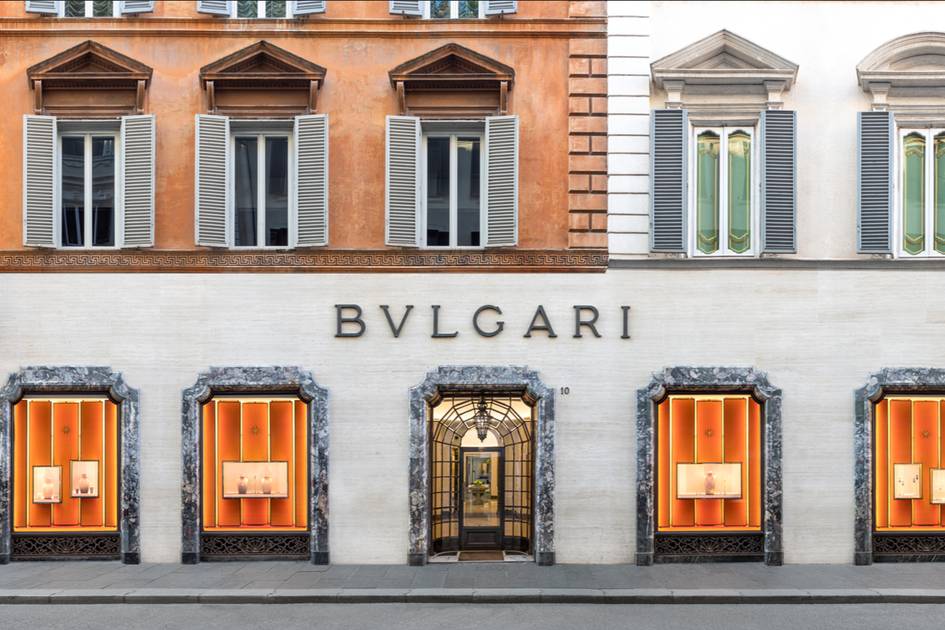
Bulgari has completed the expansion of its Manifattura in Valenza, positioning the site as the world’s largest single-brand jewellery production facility — a strategic move that underscores the brand’s ambitions to scale output, control its value chain more tightly, and reinforce its sustainability credentials.
Bulgari said the enlarged facility, which now spans 33,000 square metres, is expected to double the Roman maison’s production capacity over the coming years. The group has committed to hiring more than 500 new artisans by 2029, in what appears to be both a response to surging global demand and an effort to safeguard the long-term transmission of high-jewellery expertise.
While the official launch highlighted elements of craftsmanship and innovation, analysts view the expansion as emblematic of LVMH-owned Bulgari’s broader vertical integration strategy. Centralising production in Valenza not only strengthens quality control, but also enables the brand to respond more nimbly to fluctuations in demand — a key advantage in the increasingly volatile luxury market.
The site also functions as a platform for workforce development. With the addition of Scuola Bulgari, a publicly accessible education centre focused exclusively on jewellery arts, the brand is deepening its investment in artisanal training. The 1,000-square-metre school, created in partnership with the Tarì Design School, sits alongside the in-house Bulgari Jewelry Academy. Together, they offer training in both heritage and advanced techniques, aiming to build a pipeline of talent as the industry faces an ageing artisan base.
Environmental performance is another key dimension of the expansion. The facility covers half of its energy needs through on-site renewables — including a geothermal system and over 4,000 photovoltaic panels — while the remaining energy is sourced from 100 percent renewable providers. The site retains its LEED Gold certification and continues Bulgari’s commitment to sourcing only RJC CoC-certified gold, in line with industry-wide pressures for greater traceability and ethical oversight.
Still, the challenge for Bulgari — as for many heritage luxury brands — will be to ensure that rapid scaling does not dilute the artisanal identity that underpins its brand equity. The integration of technology and sustainability is increasingly expected by consumers and investors alike, but operational expansion at this scale risks straining the very attributes luxury relies on: exclusivity and meticulous handcraft.
Bulgari CEO Jean-Christophe Babin framed the expansion as both strategic and symbolic.
“Bulgari Manifattura in Valenza embodies the Brand’s holistic vision for manufacturing sites, combining environmental responsibility, knowledge transmission, and employee well-being. A milestone in Bvlgari’s vertical integration strategy, aiming to oversee the entire production process within a workplace that fosters continuous innovation and improvement. With artisans from more than 30 different nationalities, Manifattura Bulgari is a vibrant crossroads of cultures, fueled by a shared passion for excellence. This synergy of brilliant people and virtuous practices reflects an overarching approach to luxury, where everything and everyone is interconnected through mutual growth and giving back.”

















